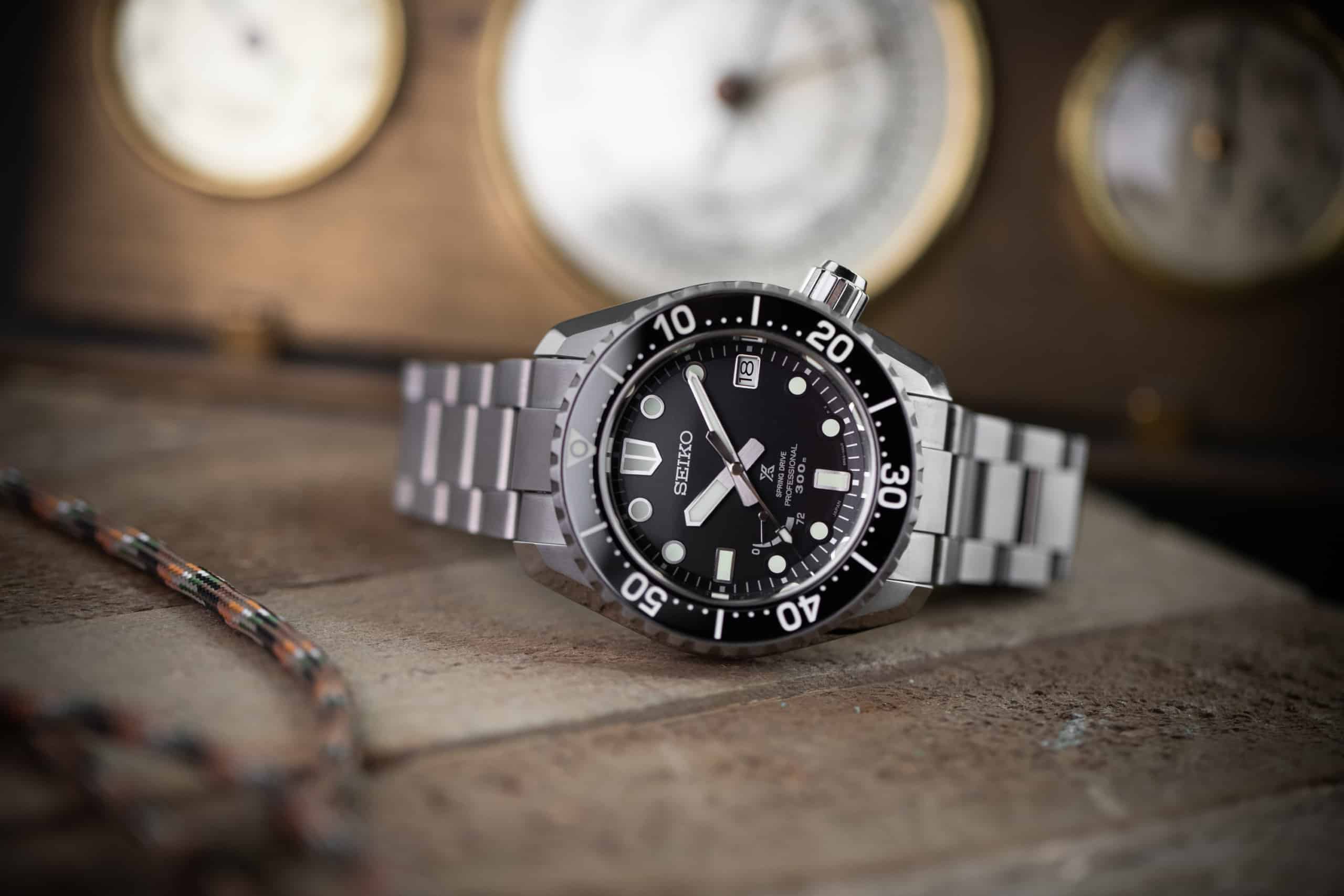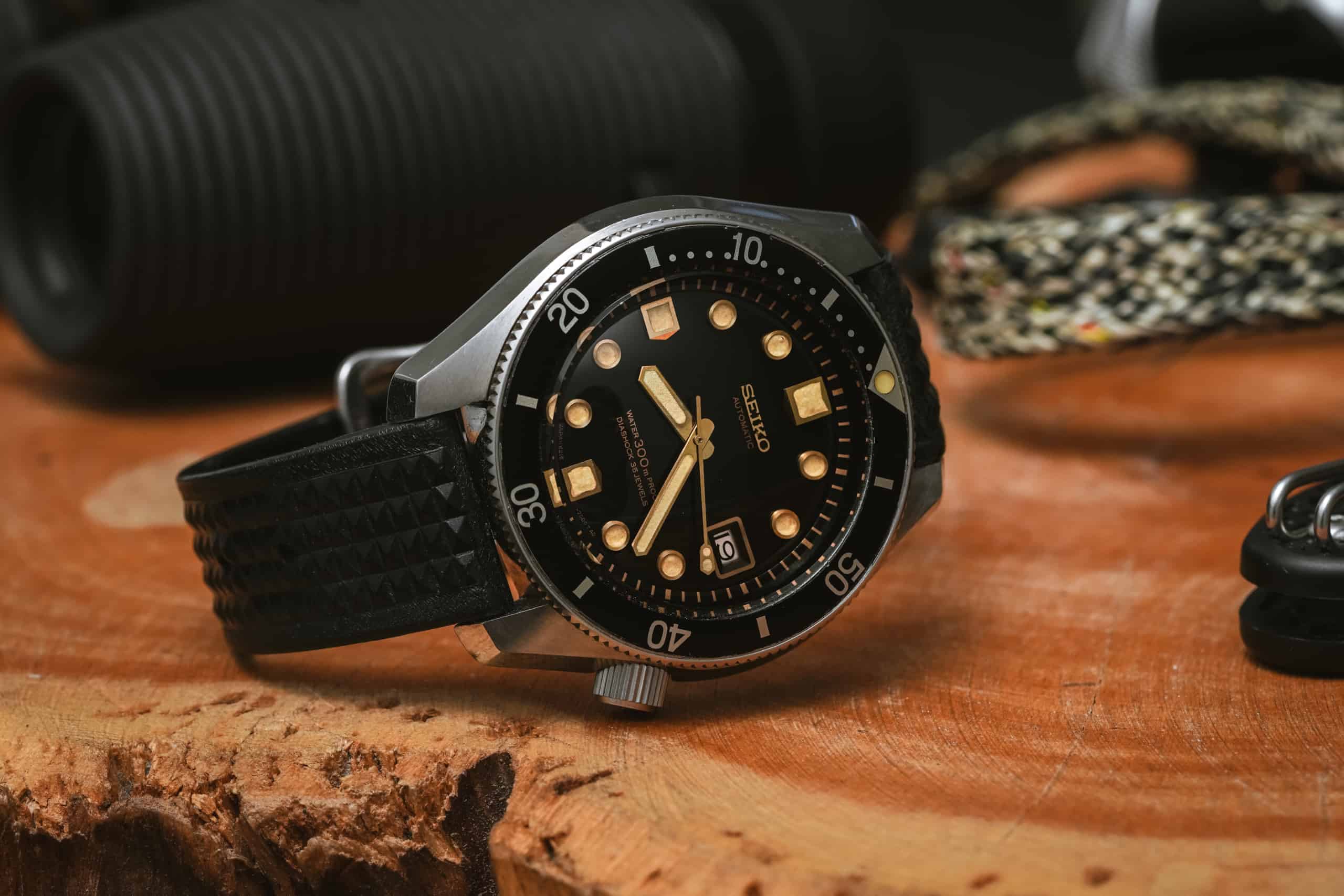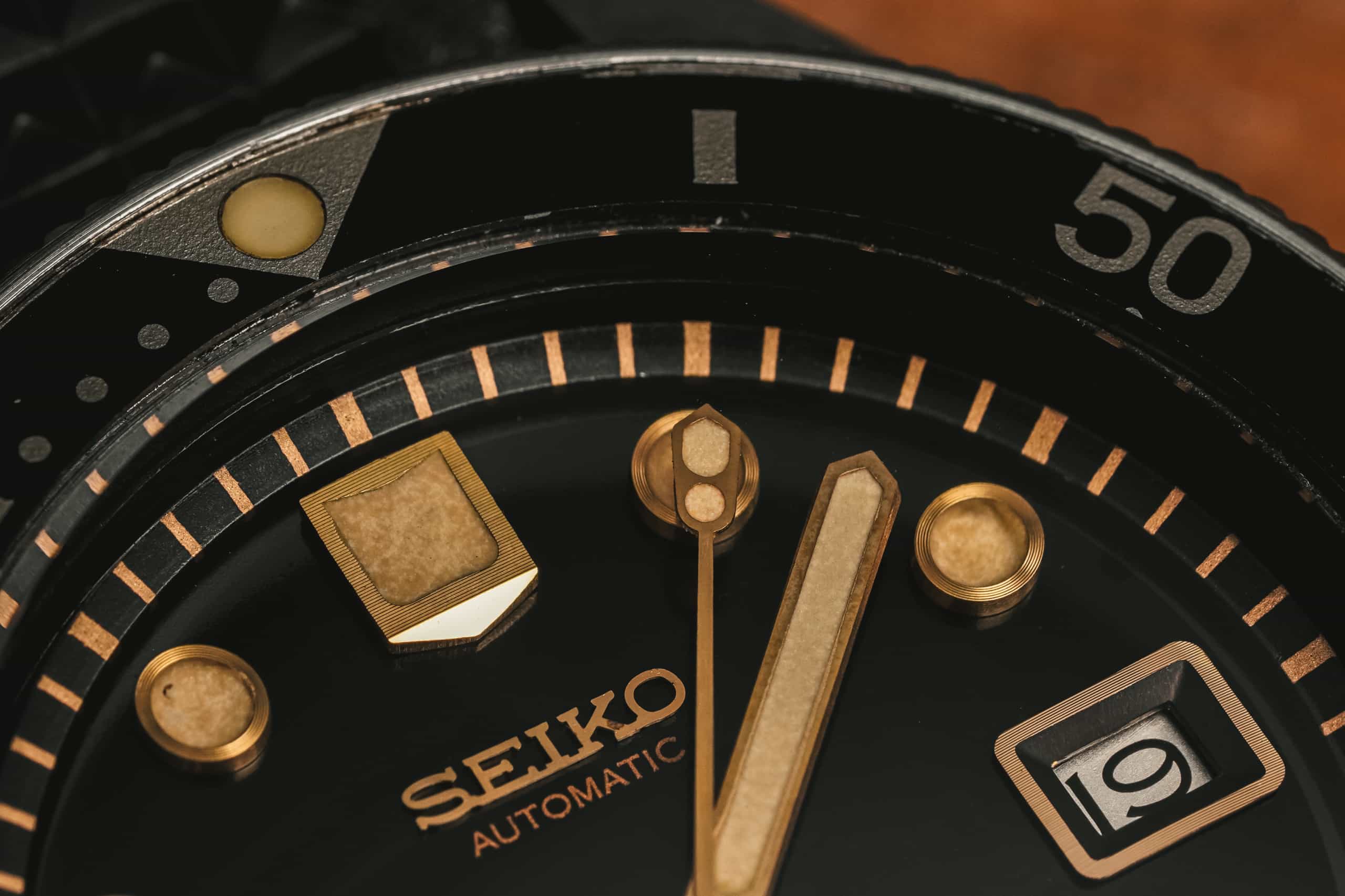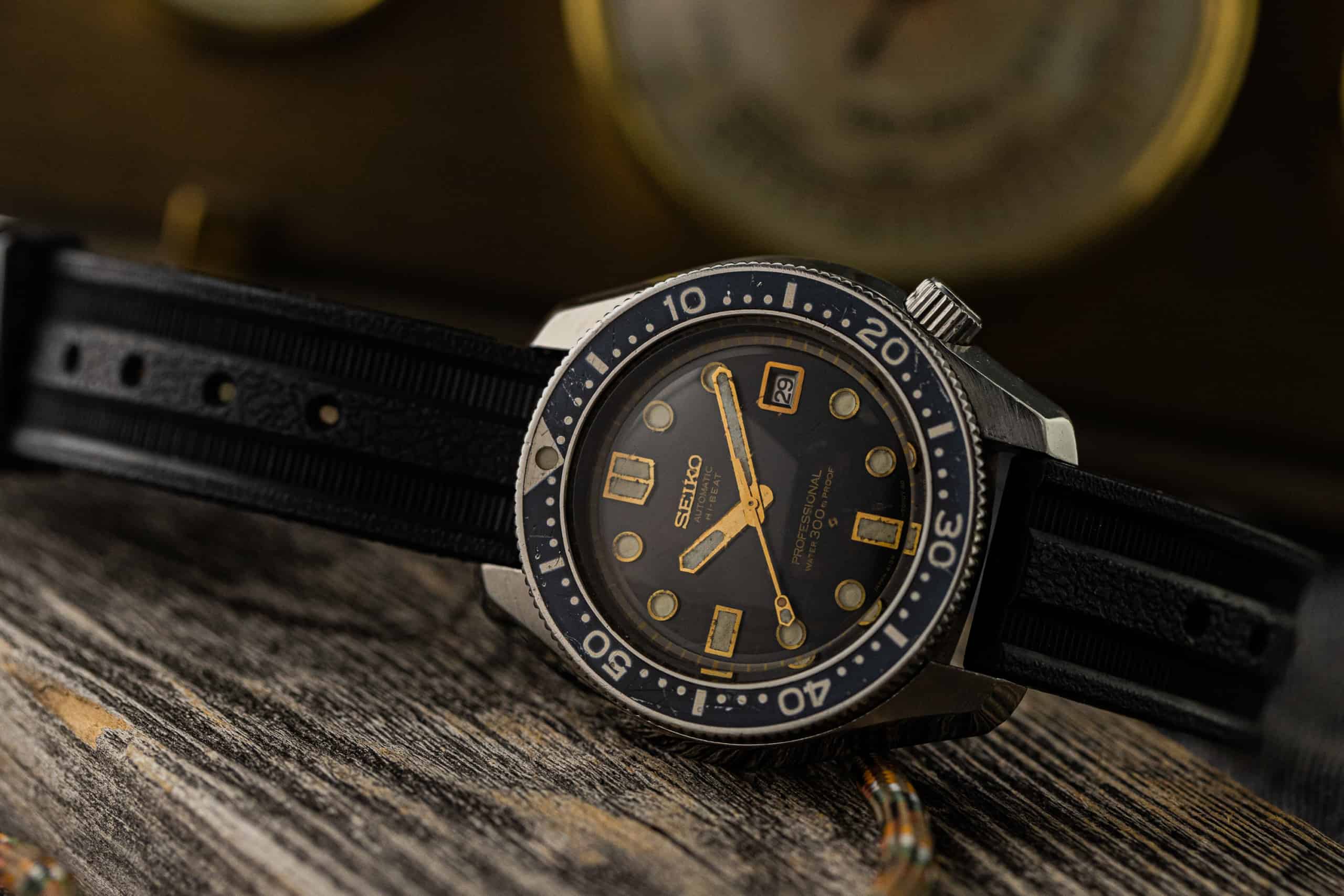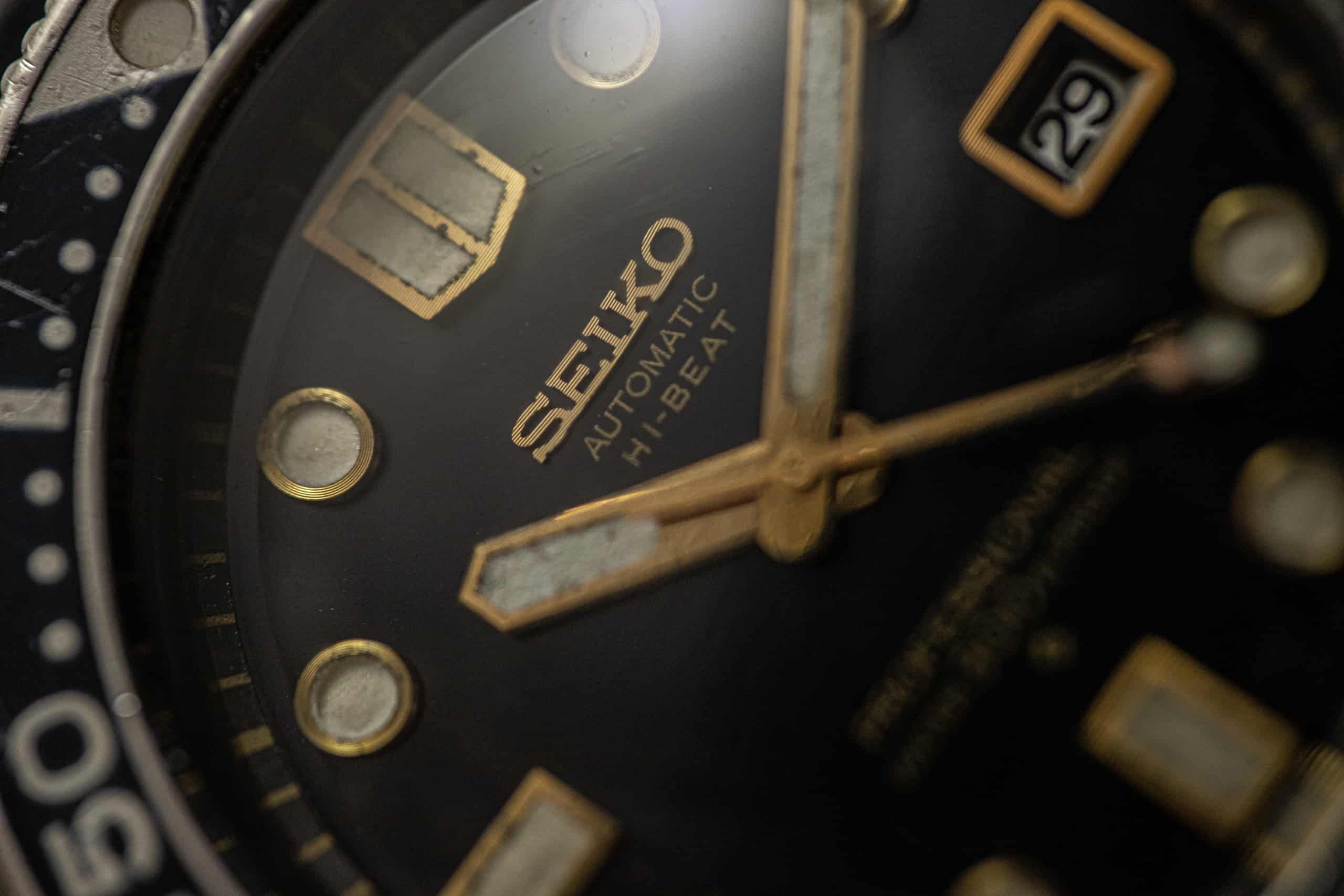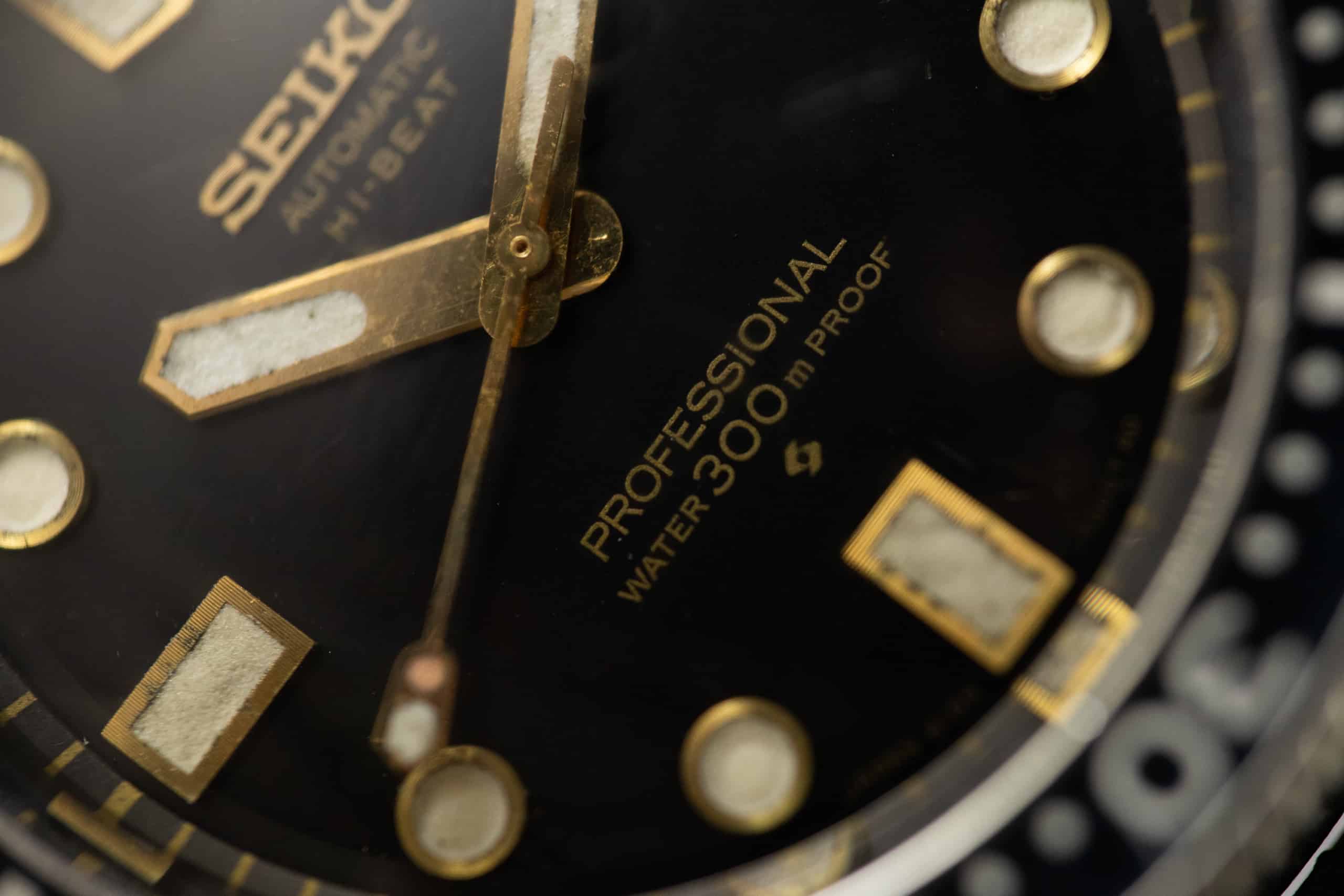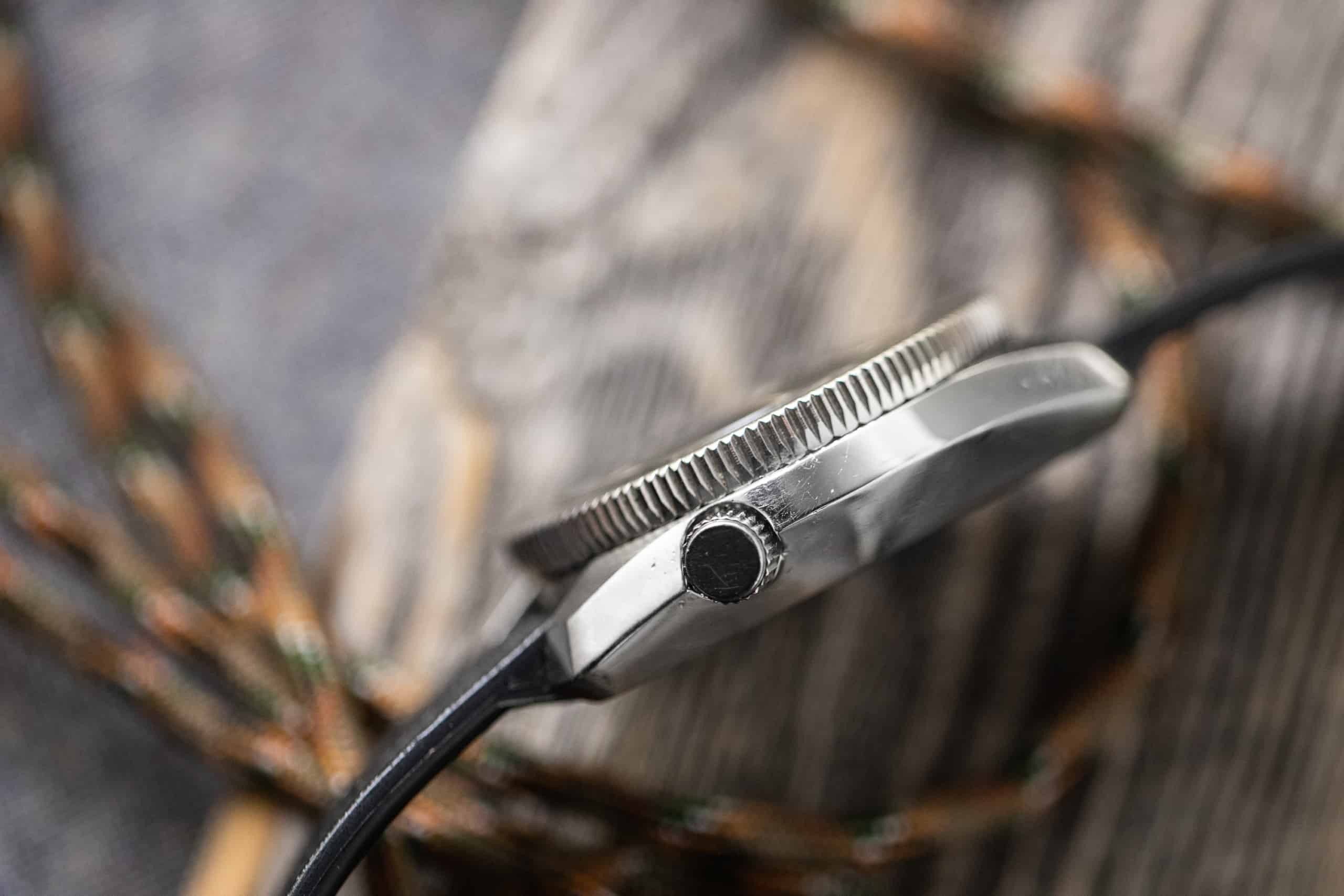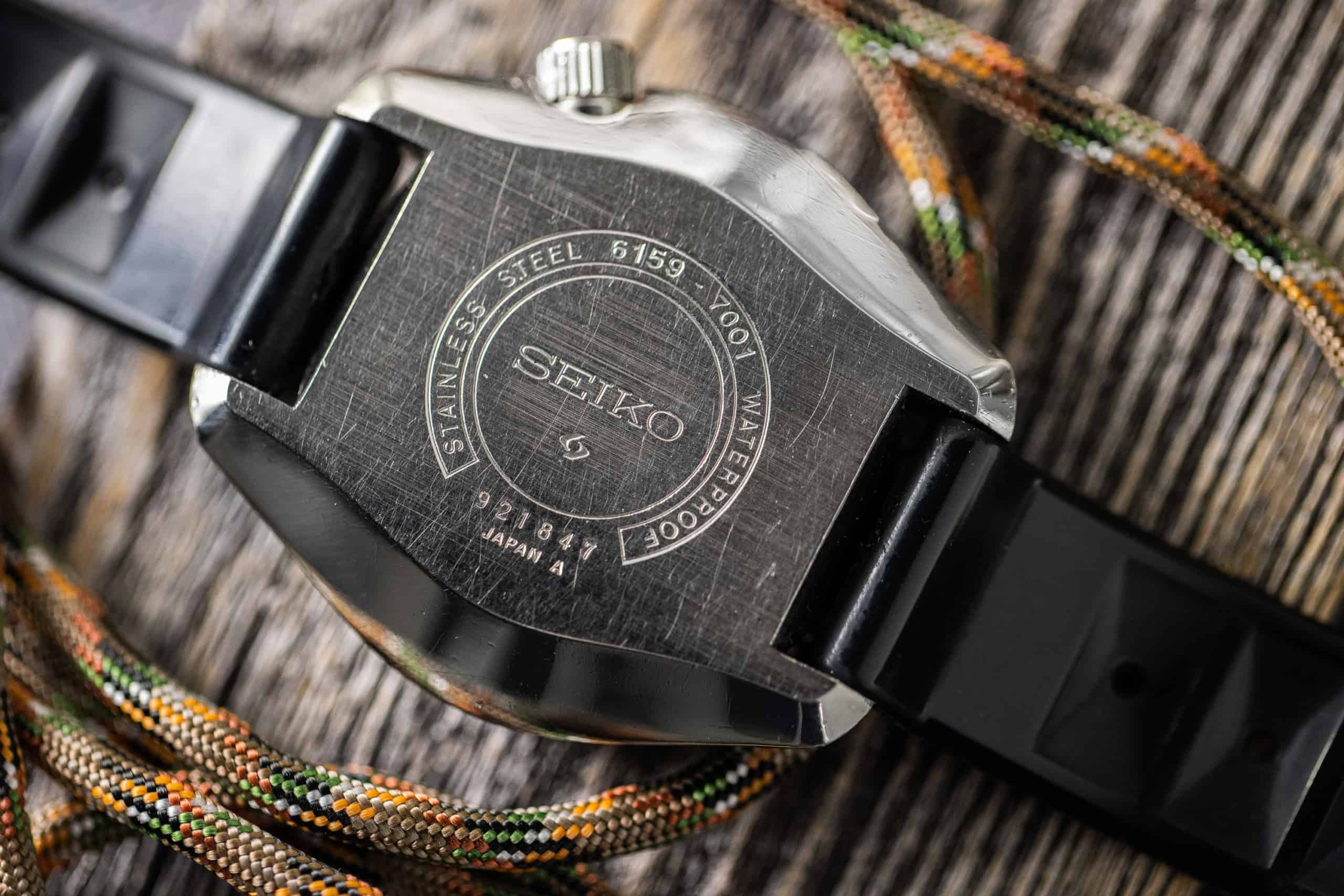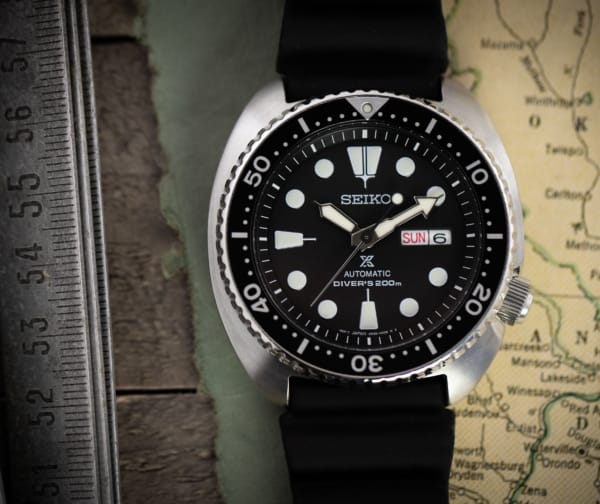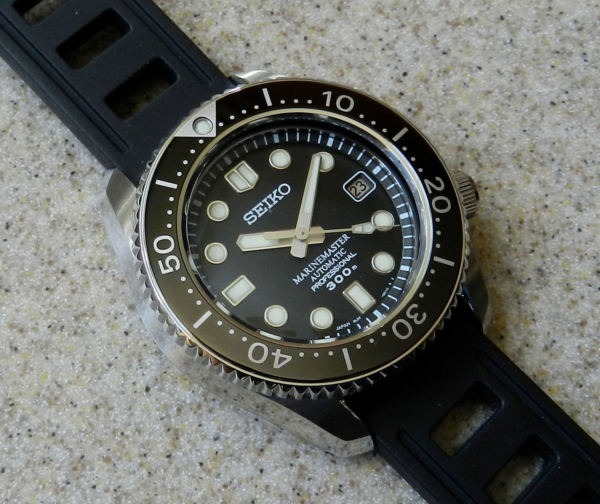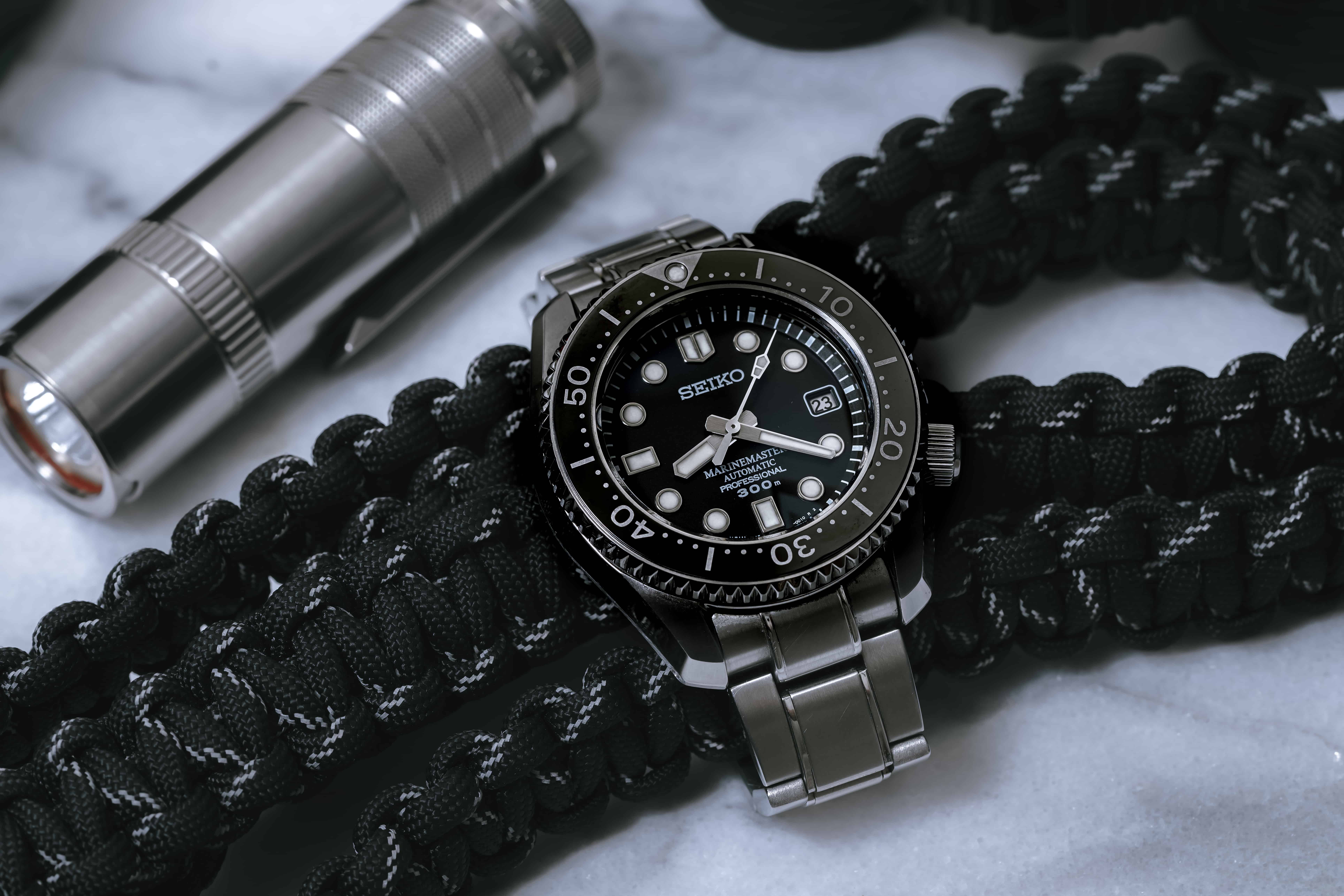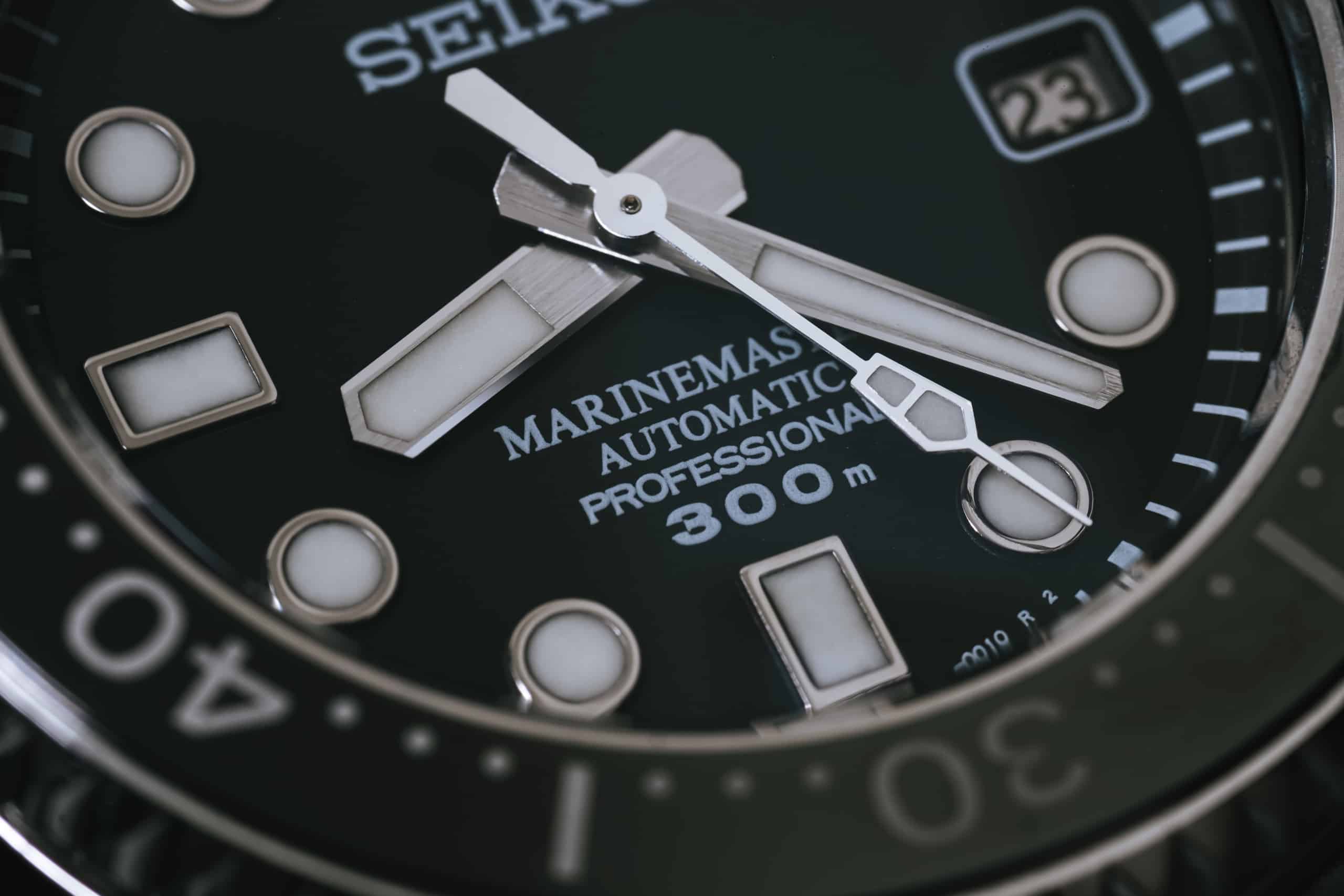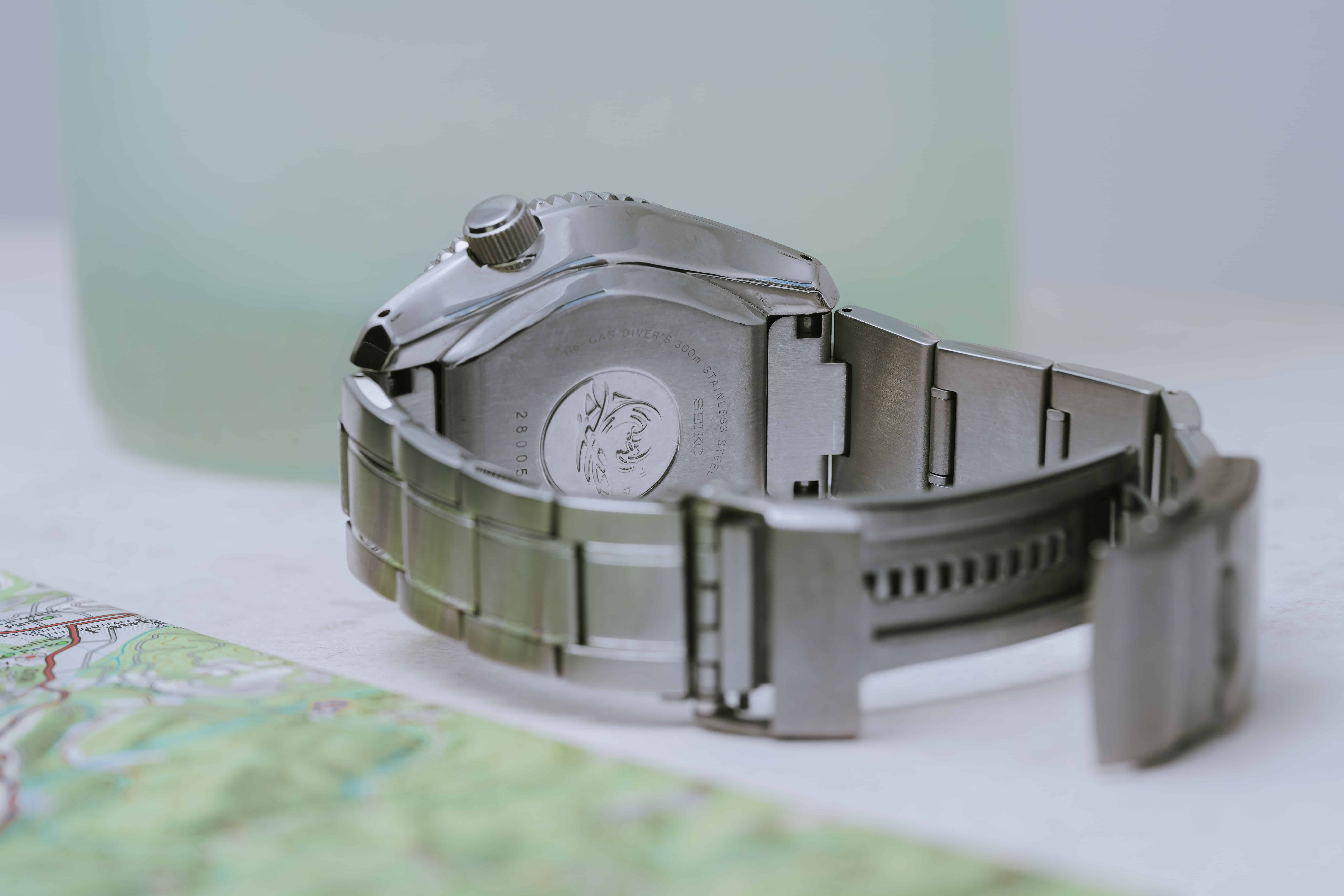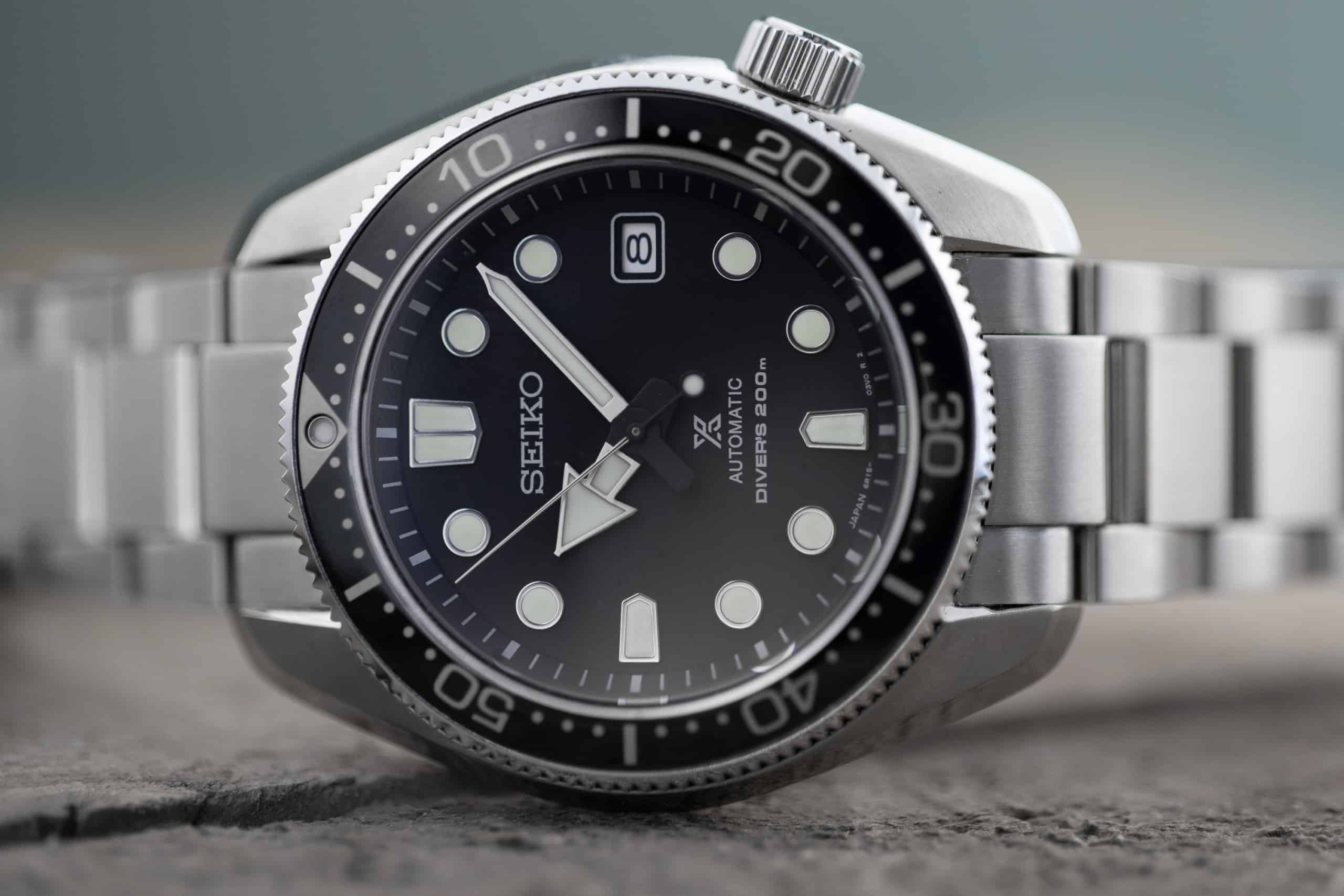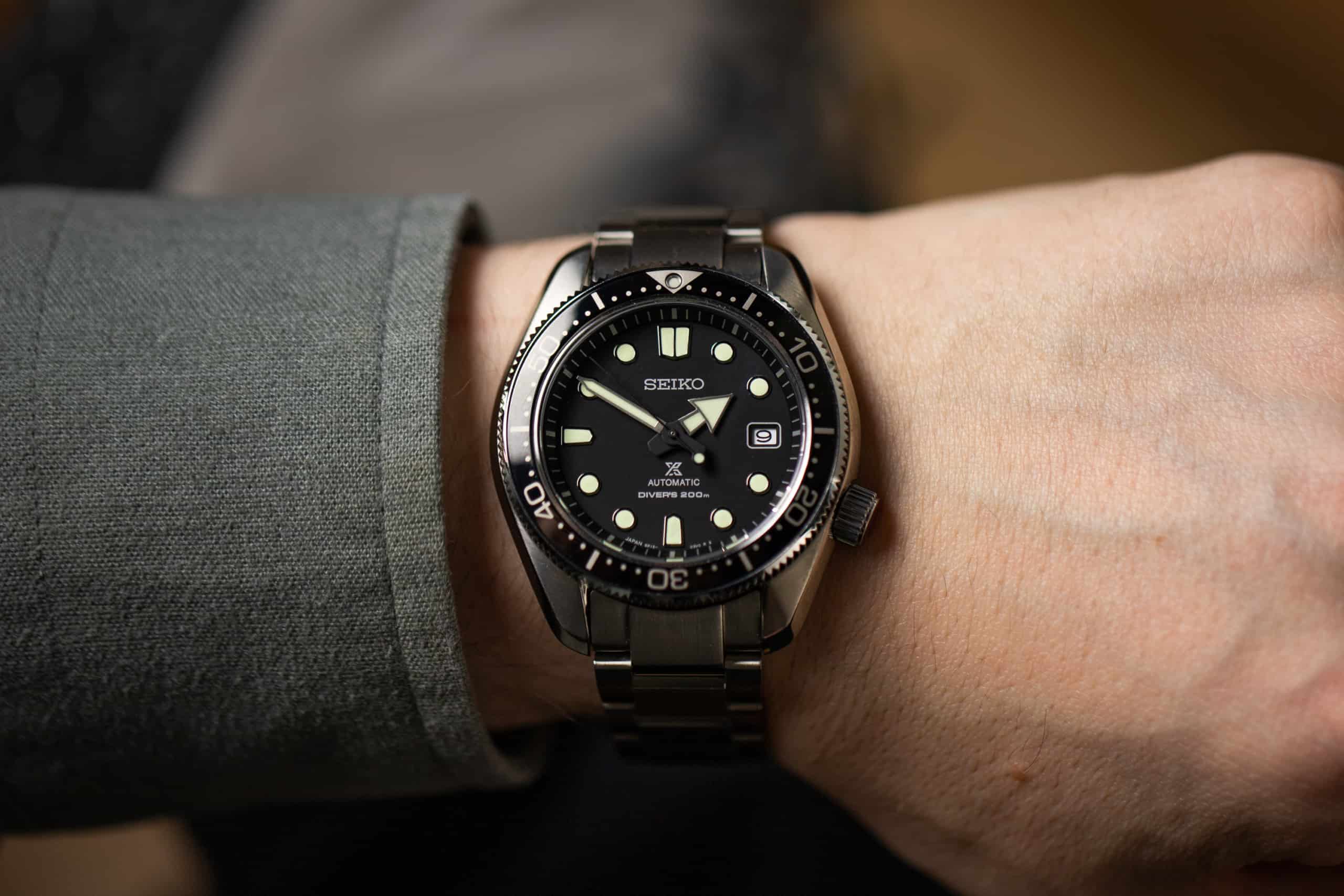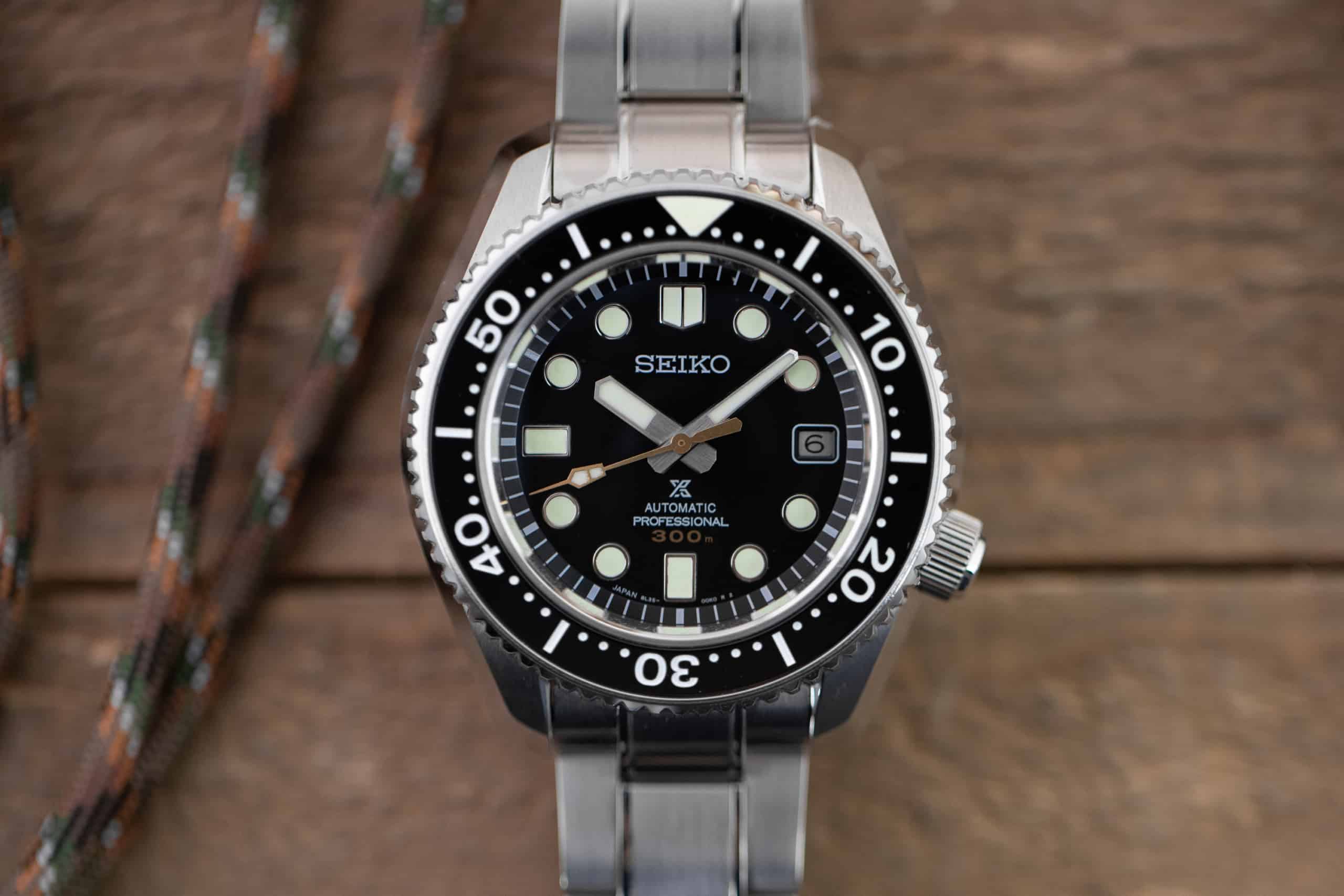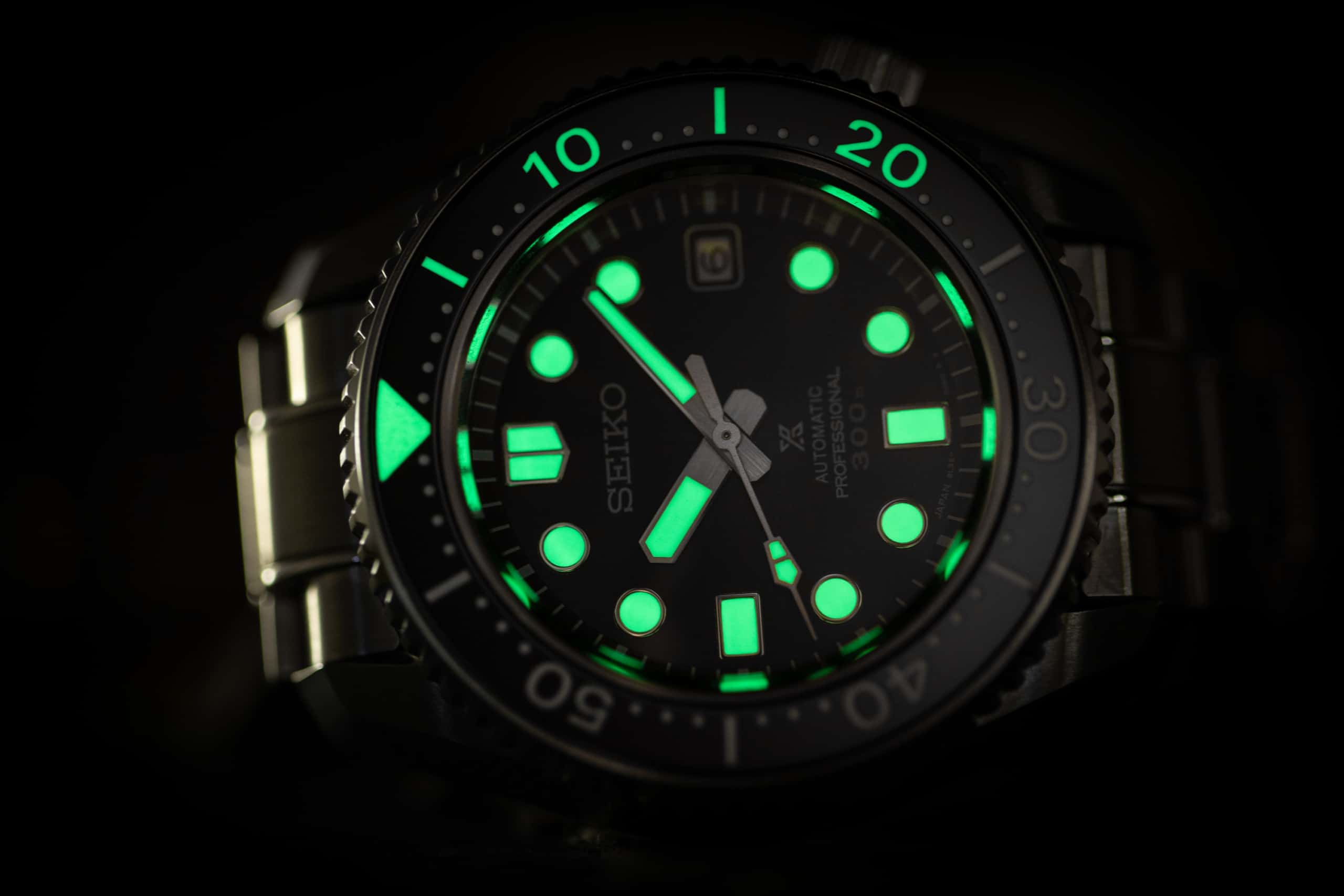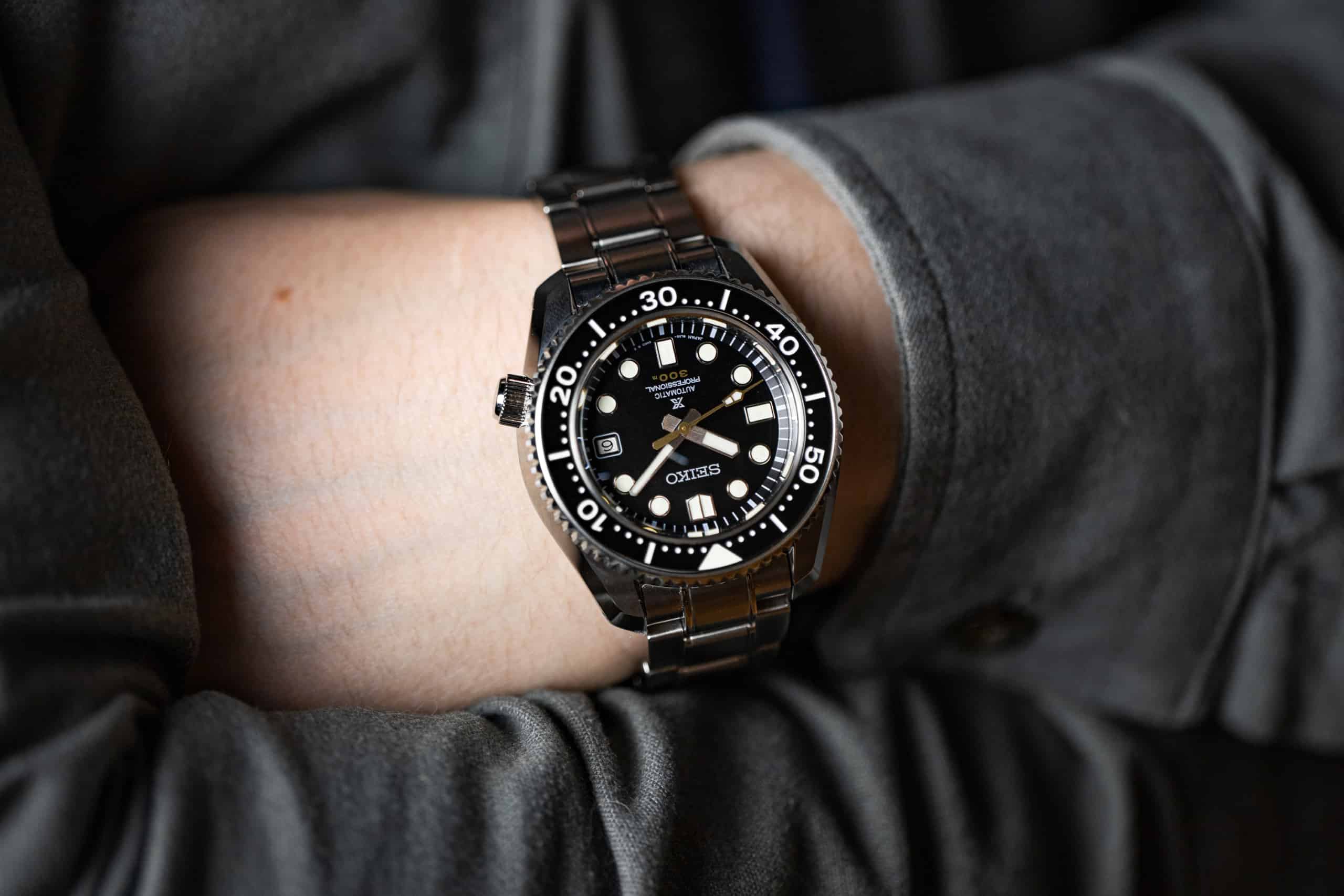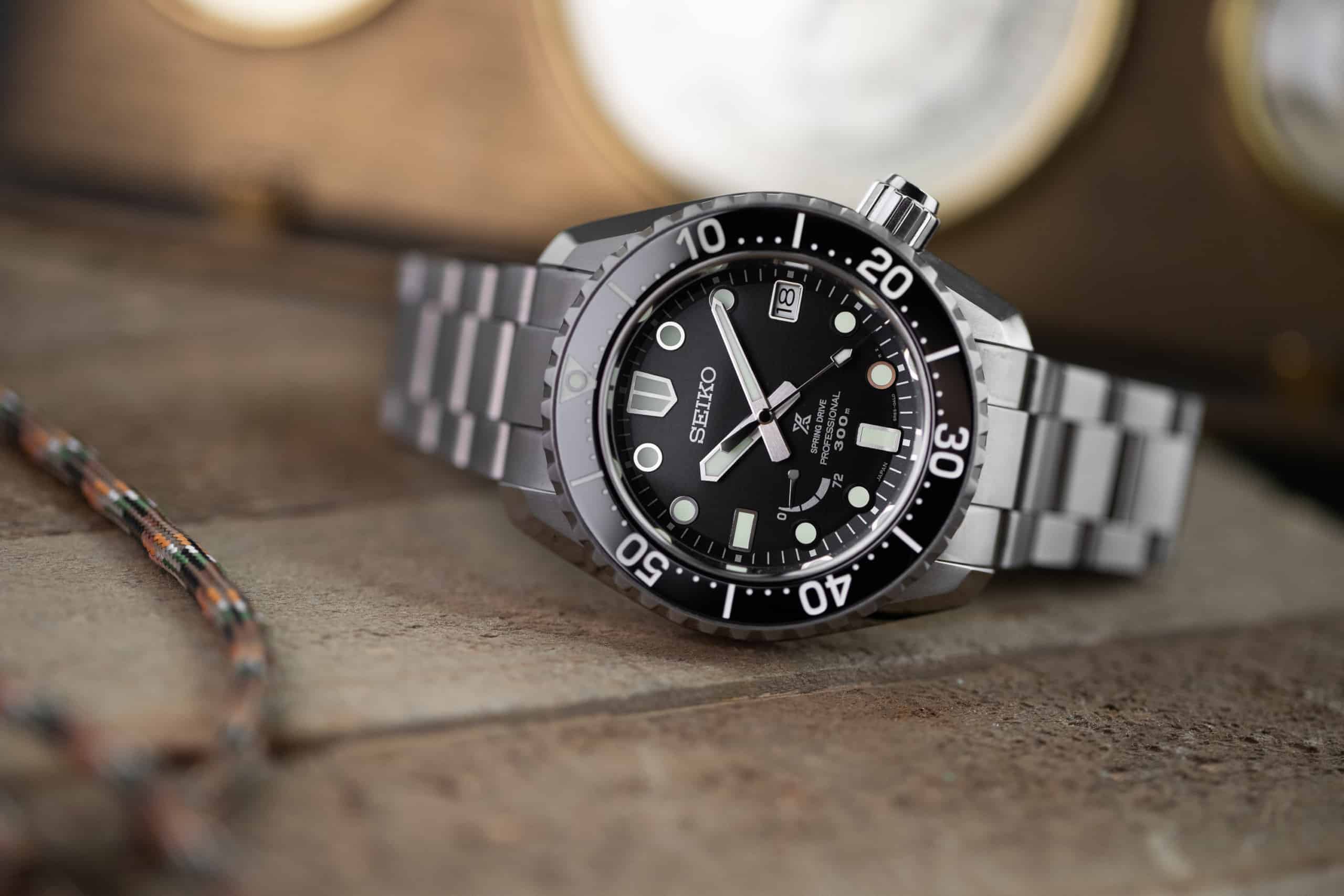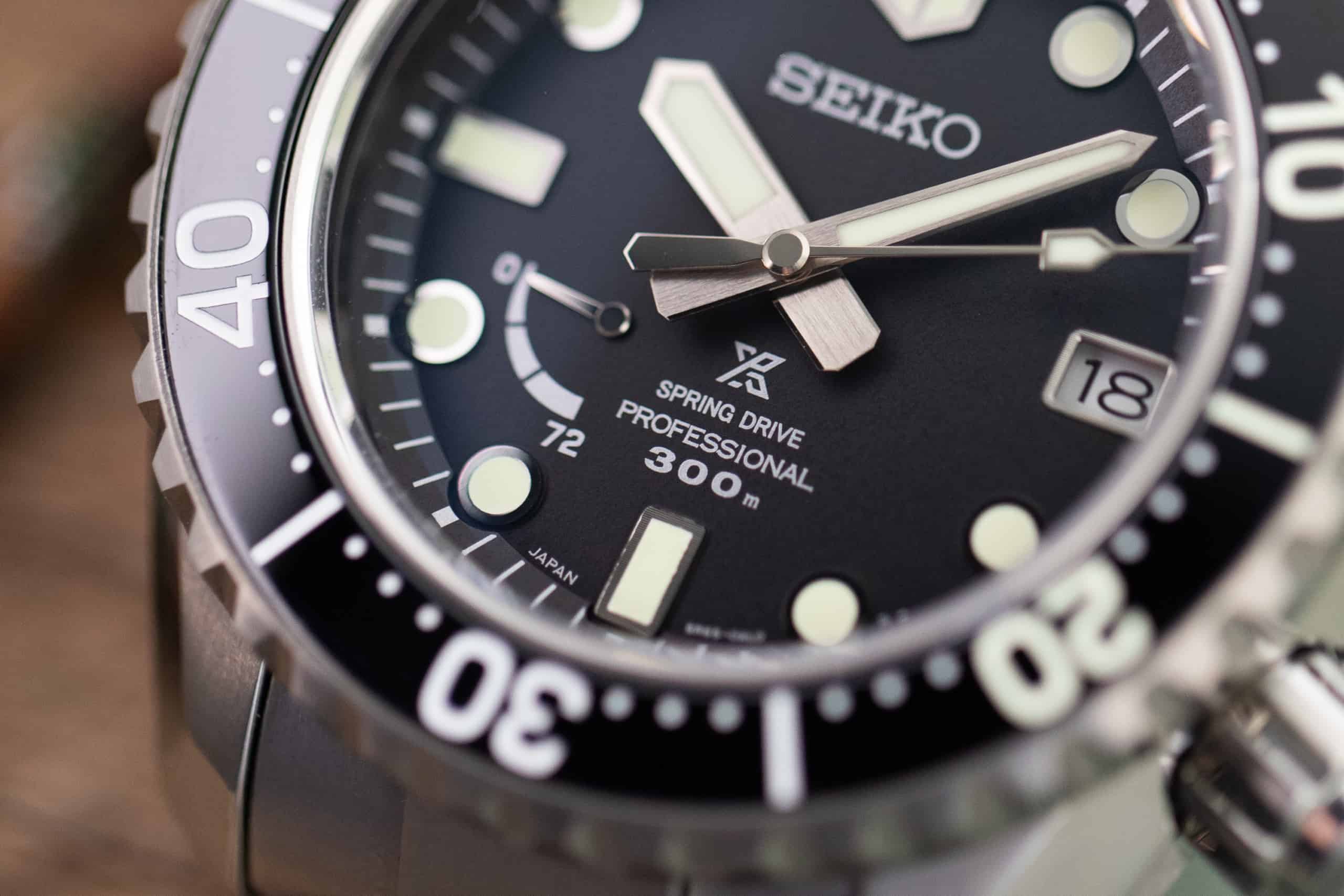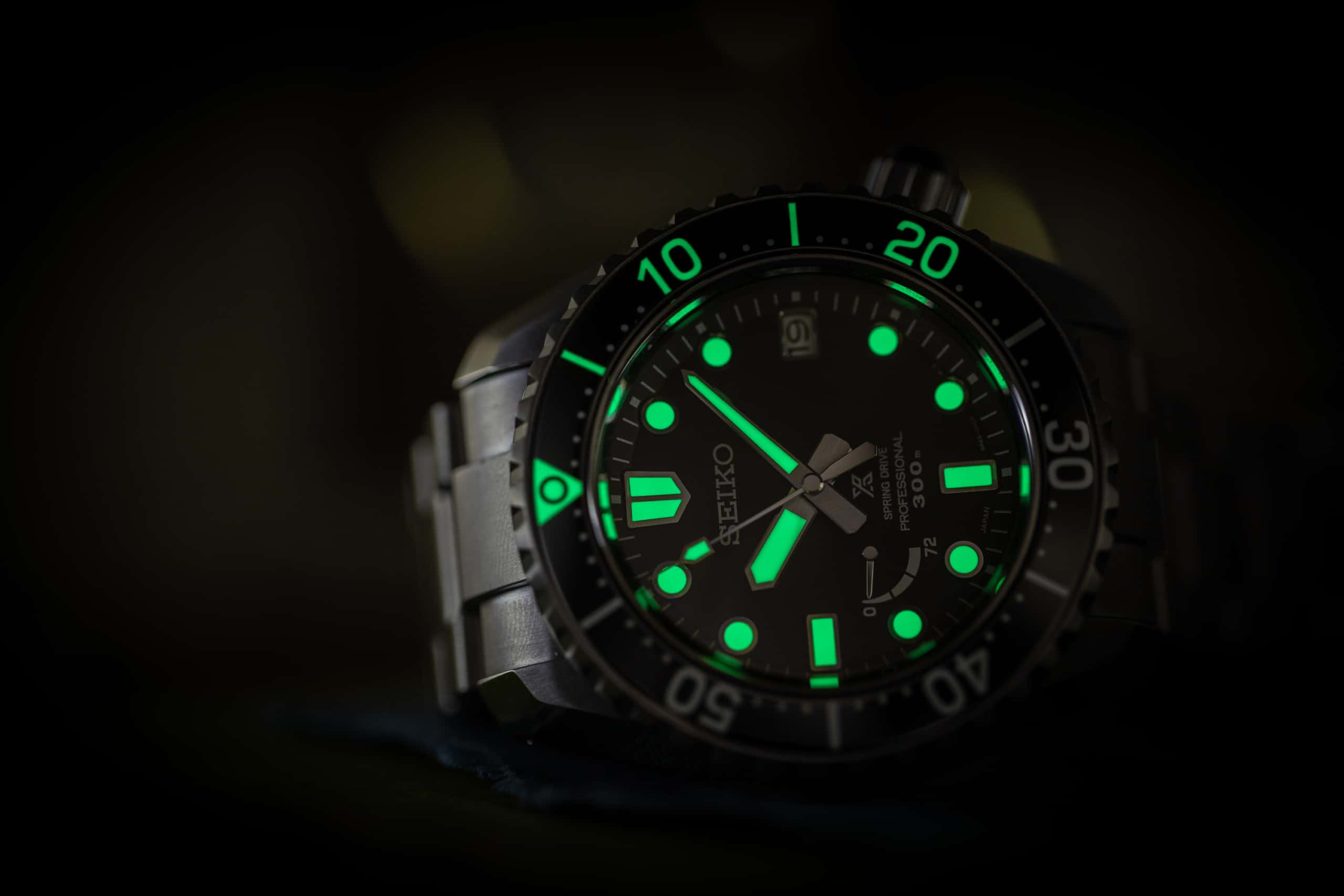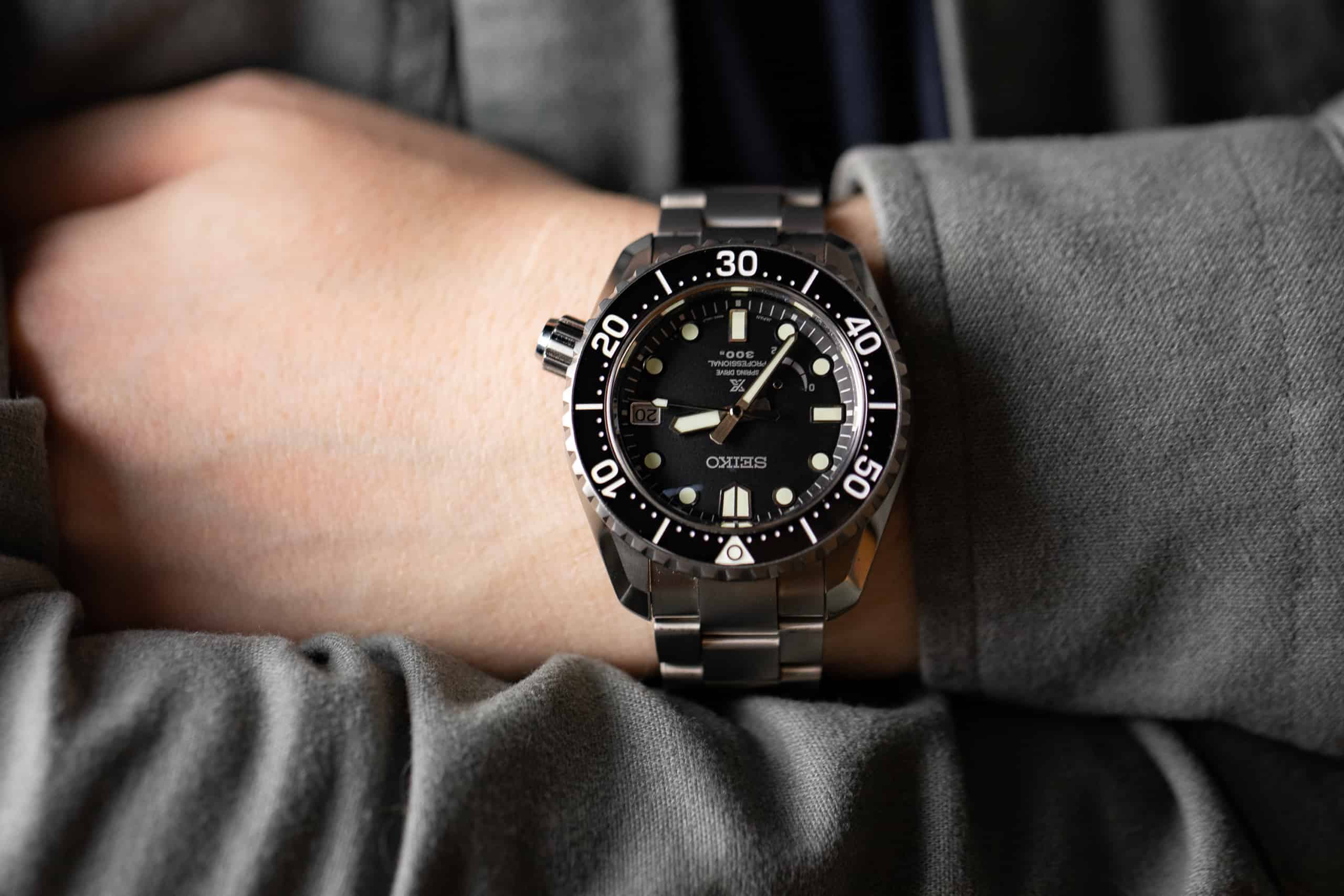Seiko has a long history of making superior dive watches perfect for pros, weekend enthusiasts, and everyone in between. In this three part series, we’ll take a look at the histories of three distinct dive watch families under the Seiko umbrella – timepieces so iconic and treasured by watch aficionados that many have their own, unofficial nicknames – and track their evolution to today’s most modern, tech forward, Prospex iterations.
Previously, we looked at the Turtle family of divers, a highly functional watch made for everyday use, ideal both for recreational divers and watch lovers needing a solid and durable timepiece. Today, we look at the Marinemaster range, and Seiko’s history of superior dive watches designed for professionals who risk their lives in the deep sea everyday.
The 1960s were something of a golden age for functional watches. Long before watches became collectibles prized for their rarity, they were purpose-driven instruments meant to do a specific job. In the ’60s, a new job that required specialized tools and brave workers was professional diving. The planet’s oceans, holding huge reserves of untapped natural resources, became fertile ground for exploration in the years following World War II, with technology finally able to (somewhat) safely keep divers submerged for ever increasing periods of time. For these professional divers, a reliable timekeeping instrument was essential, since a poorly timed decompression stop could easily lead to the Bends, or worse. The constant monitoring of dive time is an obvious necessity for staying alive underwater, and Seiko has been serving divers from the very beginning with a distinct series of timepieces designed for the most serious professionals, consistently focused on incorporating the most innovative design and advanced horological technology.









 Featured Videos
Featured Videos




